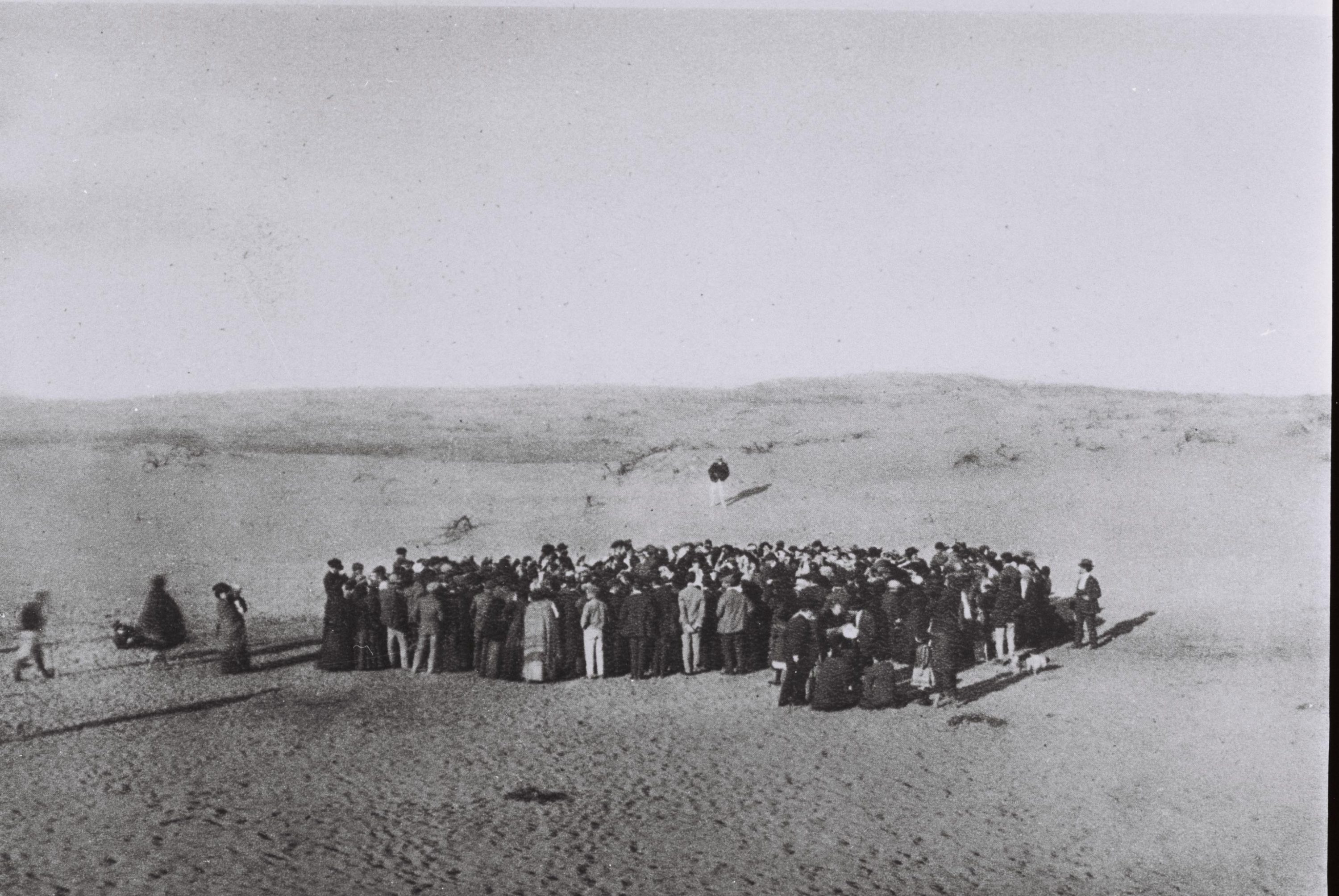
Haim Harari is among many things one of the founding fathers of the Institute of Science and Technology Austria (IST Austria). Together with Olaf Kübler and Hubert Markl, Haim authored the Report of the International Committee published in 2006 which to this day serves as blue-print for the development of IST Austria. Before he assumed this function at IST Austria he had a spectacular career as particle physicist only matched by his spectacular career as president of the Weizmann Institute, omitting his eminent role as science educator and skipping his outstanding qualities as author. Since 2007 I had the honor to work with him at IST Austria. On November 18, 2020, Haim turned 80. To celebrate him a team at IST Austria collected texts of his fellow-travellers. Here is my take.
A utopian project on a barren plot of land
One might note that being born – like Haim – in Jerusalem to a family whose roots in the region reach back five generations, and raised in Tel Aviv embeds anyone in 3000 years of history. But this does not fully explain Haim’s expansive interest for the past, for anyone’s past.
The first time I visited the home of his wife Elfi and him, then in downtown Vienna, I detected a small monochrome photo about the size of a postcard, carefully framed, hanging on the wall. Haim spotted my interest. With this I had made him a present without noticing myself. Haim commenced to explain. The picture showed a group of men, most of them in dark suits with black hats, typical for the early 20th century. Their attire was appropriate for any trading day at the London stock exchange or a scientific conference in Zurich, but not exactly for this gathering in what appeared to be sand dunes. The men were holding a lottery of the first construction sites for a settlement. It was April 11 1909, the foundation of Tel Aviv, which derived its name from the Hebrew title of Theodor Herzl’s utopian novel “Altneuland”, the literary manifestation of Zionism, published six years after his theoretical blueprint “Der Judenstaat” from 1896.
This in itself would explain Haim’s interest in the photo. But as so often with Haim the picture showed more: “Can you see the woman placed to the left of the group?”, he asked, skillfully preparing the plot twist. “That’s my grandmother Yehudit, and the child she is holding is my father.”
Of course, the story does not end here. Focus is required to avoid further excursions into the rabbit hole of history, omitting such anecdotes like Haim’s explanation of why he never learnt to ride a bicycle while growing up in the 1940s in the White City district, designed by Yekke Bauhaus architects, of Tel Aviv: his mother was afraid of the traffic in the the city his grandmother had helped to launch 30 years earlier. (The lesson to be learned here: Haim can even turn a story of an inability into an instructive tutorial.)
Instead, let’s turn to the little boy, Haim’s father, Yizhar Harari, who at the time of the photo in the dunes was almost two years old. Among his many functions and activities indispensably related to the foundation of the state of Israel in 1948, one stands out: as a trained lawyer and member of the first Knesset, the Israeli parliament, he authored the Harari Proposal of 1950, thus paving the way to establish Israel’s Basic Laws which serve as its constitution.
And with this, the separate sub-plots come together and a familiar pattern emerges over three generations: the foundation of a utopian project on a barren plot of land based on an ambitious vision, ridiculed by many but made possible by the courageous few, governed by a founding text that delineates the basic principles while permitting ample leeway to handle future developments and challenges. This, in a nutshell, is the Institute of Science and Technology Austria as envisioned by Haim Harari.
Bis 120, Haim.

Photo: Roland Ferrigato for IST Austria